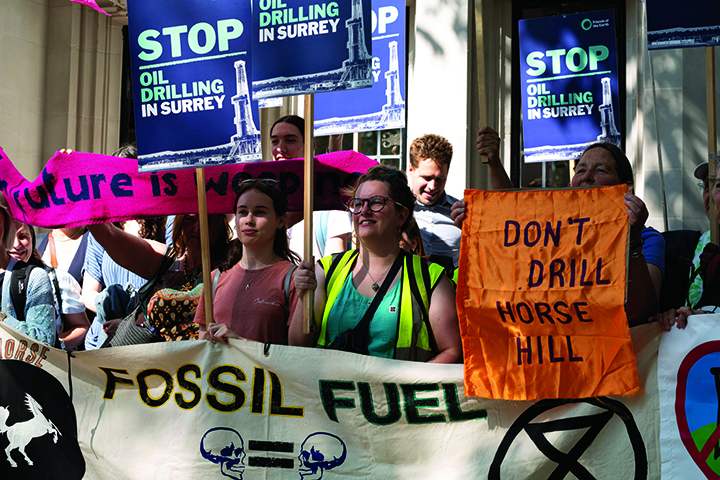Lorem ipsum dolor sit amet, consectetur adipiscing elit. Curabitur eleifend tortor nec augue pretium


The court ruled in June that Surrey County Council only considered local environmental impacts and direct emissions when granting development consent for oil extraction at Horse Hill, when it should have accounted for downstream emissions, such as combustion. Judges agreed in a three-to-two majority that it was “inevitable” oil from the site would be burned, and the resulting greenhouse emissions were “straightforwardly results of the project”, which should be considered.
While this precedent does not stop new oil drilling, it is something companies will have to consider for new projects and in environmental impact assessments.
“This has potentially big implications,” said IEMA deputy CEO Martin Baxter. “In effect, the Supreme Court has reinterpreted which legal considerations must be taken into account when deciding whether to grant development consent for fossil fuel extraction licences.”
The Surrey County Council planning authority had initially said the developer “should consider the global warming potential of the oil and gas that would be produced by the proposed well site.”
However, the council changed its mind, and accepted an environmental statement that assessed only direct releases of greenhouse gases at the project site over its lifetime and not the impact of the combustion of the oil.
“General estimates of combustion emissions can be made using methodology such as that described in guidance issued by IEMA,” the Supreme Court judgment said. “It could easily have been performed by the developer, and has in fact been performed by Dr Jessica Salder, the council officer who reviewed the environmental statement, when she made a witness statement in these proceedings.”
Dr Salder is a member of IEMA’s Impact Assessment Steering Group, and it’s estimated that around 3.3 million tonnes of crude oil are expected from Horse Hill over the next 20 years, producing more than 10 million tonnes of CO2.